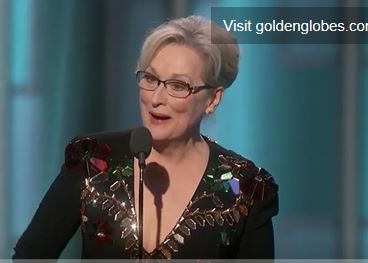Consulting For A Consultant.
A couple of years ago a smallish branding shop contacted me about helping creating a strategy for a division of a top 5 consulting company. The master brand is known to all and likely has a brand strategy (maybe not) but the division we were helping offered a very complicated, layered value proposition in health and security. Read security as in homeland security, not home and property protection.
The ultimate deliverable was a long form brochure, changes to the division website content and some presentation pages explaining in somewhat lay terns, what the group did and did so well.
I read all their decks, interviewed a number of consultants from around the world, performed the due diligence one does when sanity checking the Kool-Aid drinkers, and came up with a tight idea and organizing principle – a division brand strategy.
But then came the hard part. Consulting the consultants. Getting them to organize their “product, experience and messaging” around a claim and 3 proof planks (a division brand strategy). Consultants are great at giving advice, but are they any good at taking it?
Momma never said this job would be easy! She was right.
Peace.





